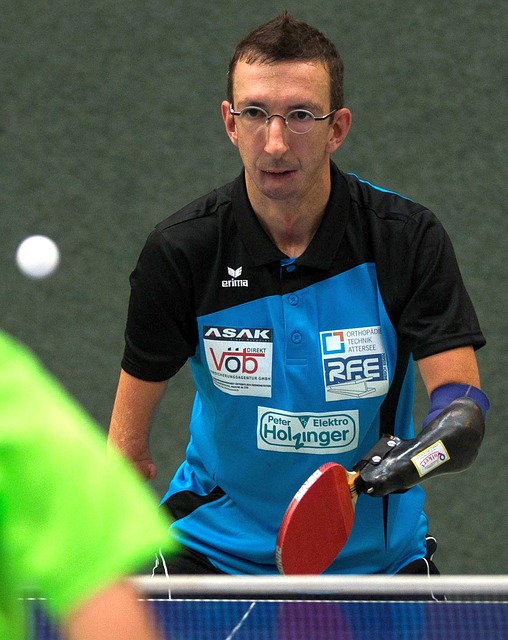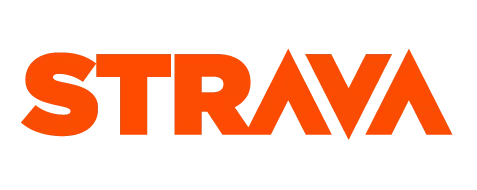Joining a gym and improving your physical fitness are not easy decisions to make, especially for individuals with limb loss or any type of limitation.
A good trainer pushes a client to progress while changing up the exercises, tempos, and reps, but they also work with any limitations their clients may have. One person may be an above-knee amputee, for example, while another may have permanent nerve damage from cancer treatment. Accommodating someone’s challenges is a big part of what a personal trainer or coach does.
It’s equally important for clients to have access to a quality gym with specialized bars and pieces of equipment. Working out with a pro should also be a safe, enjoyable and effective way for people to meet their fitness goals, whether it’s to build strength, lose weight or work on balance.
Finding Qualified Trainers
At the very least, trainers should hold a relevant degree in a field such as
Some trainers pursue advanced education to work with special populations and truly have an understanding of the physical body. In addition to limb loss, special populations may include those with cerebral palsy, spinal cord injuries, or spina bifida. Trainers and coaches who specialize in understanding the limitation of movement aren’t as easy to come by as you’d think.
The constantly evolving field of prosthetics involves the “merger of the human body and machine,” explains physical therapist Nicolas Ferrara.
“While this sounds futuristic, it is the direction the field is headed in,” he writes in NewGradPhysicalTherapy.Com. “Getting into the prosthetics field as a physical therapist provides you with a unique opportunity to be at the forefront of new technology and allows you to work with patients who previously would have been seriously disabled for their entire lives.”
Physical Therapist or Trainer
Trainers aren’t the same as physical therapists, but there is some overlap. Both professions get people moving and help them stick to their fitness goals. Some physical therapists are also certified, athletic trainers.
Clients need to be careful about choosing trainers who aren’t equipped to handle certain medical issues or health concerns. This advice comes from someone who is not only a personal fitness coach and athlete but a bilateral above-knee amputee.
“Personally speaking, I’ve witnessed many instances (and have probably been guilty myself) of trainers taking on clients with medical issues or health concerns beyond what the trainer was capable of handling properly,” writes Trevor Bunch for Amputee Coalition. “This often results in a negative experience for the client – anywhere from simply a bad workout to not getting the results they wanted or even to further injury! Your health is an important investment, and getting a personal trainer or coach will serve to enhance your return on investment – as long as they’re the right fit for you!”
Trainers just need to make sure they completely understand someone else’s health issues and physical limitations before taking on a client in a special population. They need to familiarize themselves with the equipment or devices someone uses to function on a daily basis. This could be a wheelchair or something more simple like compression socks that are often recommended while exercising because they help increase blood flow in the legs and back to the heart.
Good trainers are more than willing to familiarize themselves and do the extra work it takes to work with their individual clients.
What About Robots?
In the same vein of “machine and human body” relationships, there are healthcare and nursing robots for everything imaginable, including rehabilitation and sports therapy. Robot Emma was invented in 2016 in Singapore to reduce the reliance on trained sports therapists. Say what?
Emma, short for Expert Manipulative Massage Automation, has treated professional athletes for conditions involving stiff neck and shoulders, lower back pain and even tennis elbow. She is designed to improve sports recovery over time, according to an article in ScienceDaily.
“Emma is a robotic arm that comes with a 3D stereoscopic camera and a custom made 3D-printed massage tip,” the article explains. “It uses sensors and diagnostic functions to measure the response of a patient and the stiffness of a particular muscle or tendon. The detailed diagnostics are
Even though robots like Emma aren’t designed to replace human therapists it still begs the question: Will robots replace human personal trainers someday? Probably not. Regardless of how much technology evolves, a client can never get effective mentorship, a genuine pat on the back, or emotional support they may crave from a robot. Therefore there will always be a role for highly qualified personal fitness trainers.
Take our Free "Authentic" Marketing Course for Coaches
Designed for endurance sport coaches. Marketing doesn't need to be pushy. The best marketing simply creates a win-win relationship between you and your customers. Take the simple 6 part course to learn more.














